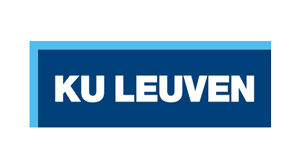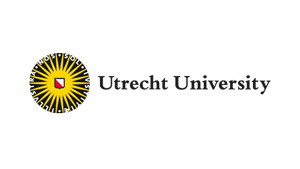About
Nânci Ferreira holds a BSc in Bioanalytical Sciences and a MSc in Clinical Analysis from the Faculty of Pharmacy of the University of Coimbra, Portugal. She conducted her MSc research at the Faculty of Medicine of the University of Coimbra, where she studied the antiviral activity of natural compounds (algae and olive extracts) against a modified lentivirus and Coxsackievirus A12. After that she was selected for the project INSEAFOOD, where she tested environmental samples (water and bivalve molluscs) for the presence of enteric virus: Norovirus, Hepatitis A and Hepatitis E virus. Since then she has working in the virology field, studying the prevalence of several viruses in environmental and biological samples. She is now a PhD student in the OrganoVIR program and is carrying out her research project at the Rega Institute for Medical Research, KU Leuven in Belgium under the supervision of Dr. Johan Neyts and Dr. Joana Rocha-Pereira.
About Nânci’s research project
Nânci works in the team of Prof. Johan Neyts where research is focused on antiviral chemotherapy and vaccine development. Supervised by Joana Pereira, the PhD project of Nânci explores new antiviral strategies to combat human norovirus (HNoVs) and human rotavirus (HRVs). These are both RNA viruses recognized as the main cause of gastroenteritis that can be fatal to children, elderly and immunocompromised people. Diarrhoeal diseases are listed by World Health Organization in the top 10 global burdens.
To test whether a chemical compound limits the replication or “growth” of a virus, you need to have a model where the virus indeed replicates. However, due to host restriction, HNoVs and HRVs viruses do not really replicate in conventional well-established models (e.g. cell lines or animal models), making antiviral research trickier. Recently, HNoVs and HRVs could be cultured in human intestinal enteroids, a specific type of organoids or stem cell-derived cell culture systems, recapitulating on a dish the main features of intestine, such as the presence of different cell types.
HNoVs and HRVs replication in enteroids allows to closer model the in vivo dynamics but they require optimizations: the cultivation of clinical strains is still challenging and not all host factors involved in the infection are known (e.g. HNoVs cell receptor).
Besides, enteroids can be exploited to answer fundamental questions about HNoVs and HRVs biology. For instance, Neyt’s team recently demonstrated robust HNoVs replication in zebrafish larvae, isn’t it interesting to explore what features do this little ray-finned fish and human enteroids share?
About the Rega Institute for Medical Research, KU Leuven
In 2016 and 2017 the University of Leuven (KUL) was listed by Thomson Reuters in the annual list of Europe’s most innovative universities. The Rega Institute for Medical Research (KUL-REGA) is part of the University of Leuven (KUL). It consists of departments of medicine and pharmacology and is a renowned center in Europe contributing to the discovery of novel antiviral and antibacterial treatments (Brivudine, Tenofovir).
















